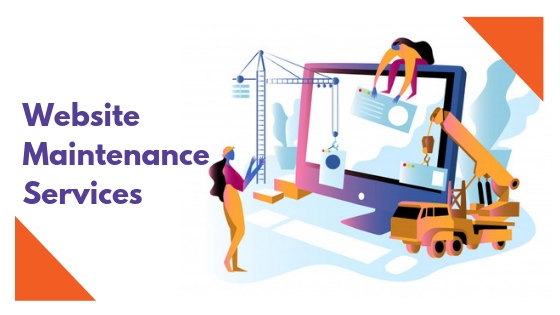Education’s Response to Global Crises
During global crises, education systems are often met with a myriad of challenges that can disrupt the learning process for students. One of the primary obstacles faced is the sudden shift to remote learning, which can pose difficulties for both teachers and students in adapting to a new way of teaching and learning. Additionally, inequities in access to technology and resources can further exacerbate the divide between privileged and marginalized students, hindering their ability to engage in online education effectively.
Moreover, the lack of face-to-face interaction in a traditional classroom setting can impact students’ social and emotional development, leading to feelings of isolation and disconnection. This can result in decreased motivation and engagement, making it challenging for educators to ensure that students are receiving a quality education during times of crisis. As education systems continue to navigate through these challenges, it is crucial for stakeholders to collaborate and innovate in order to address the evolving needs of students and educators alike.
Adaptations in Teaching and Learning Methods
In times of global crises, education systems have been forced to swiftly adapt their teaching and learning methods to ensure continuity in students’ education. One notable adaptation has been the shift towards online learning platforms, where teachers conduct virtual classes and students engage in remote learning activities. This transition has not been without its challenges, such as disparities in access to technology and internet connectivity among students, leading to inequities in learning opportunities.
Moreover, educators have been exploring innovative approaches to engage students in meaningful learning experiences beyond traditional classroom settings. Techniques such as project-based learning, flipped classrooms, and personalized learning plans have gained prominence as effective strategies to cater to diverse learning styles and needs. By embracing these adaptations and incorporating them into their teaching practices, educators are not only navigating the current challenges but also paving the way for a more flexible and student-centered approach to education in the future.
Role of Technology in Education During Crises
Technology has played a crucial role in transforming the way education is delivered during crises. With schools closing down and students unable to attend physical classes, online platforms have become the new norm for learning. Virtual classrooms, video conferencing tools, and online resources have enabled educators to continue teaching and students to keep learning from the safety of their homes.
Furthermore, technology has facilitated communication and collaboration among students and teachers, despite the physical distance between them. Online discussion forums, instant messaging, and virtual group projects have provided avenues for interaction and engagement, promoting a sense of community and connectedness in the virtual learning environment. This has been particularly beneficial in maintaining the social aspect of education and nurturing relationships that are essential for a holistic learning experience.
How do global crises impact education systems?
Global crises such as pandemics or natural disasters can disrupt traditional teaching methods and create challenges for both educators and students.
How have teaching and learning methods adapted during global crises?
During global crises, education systems have had to quickly pivot to online learning platforms and find innovative ways to deliver instruction remotely.
What role does technology play in education during crises?
Technology has been essential in ensuring continuity of education during crises by facilitating online learning, communication between teachers and students, and providing access to educational resources.
What are some of the challenges faced by education systems during global crises?
Challenges include lack of access to technology for all students, difficulties in ensuring engagement and participation in online learning, and the need for additional support for educators transitioning to remote teaching.
How can educators incorporate technology effectively during crises?
Educators can utilize various online tools and resources to create engaging and interactive learning experiences for students, provide ongoing support and communication, and adapt their teaching methods to best suit the online learning environment.







